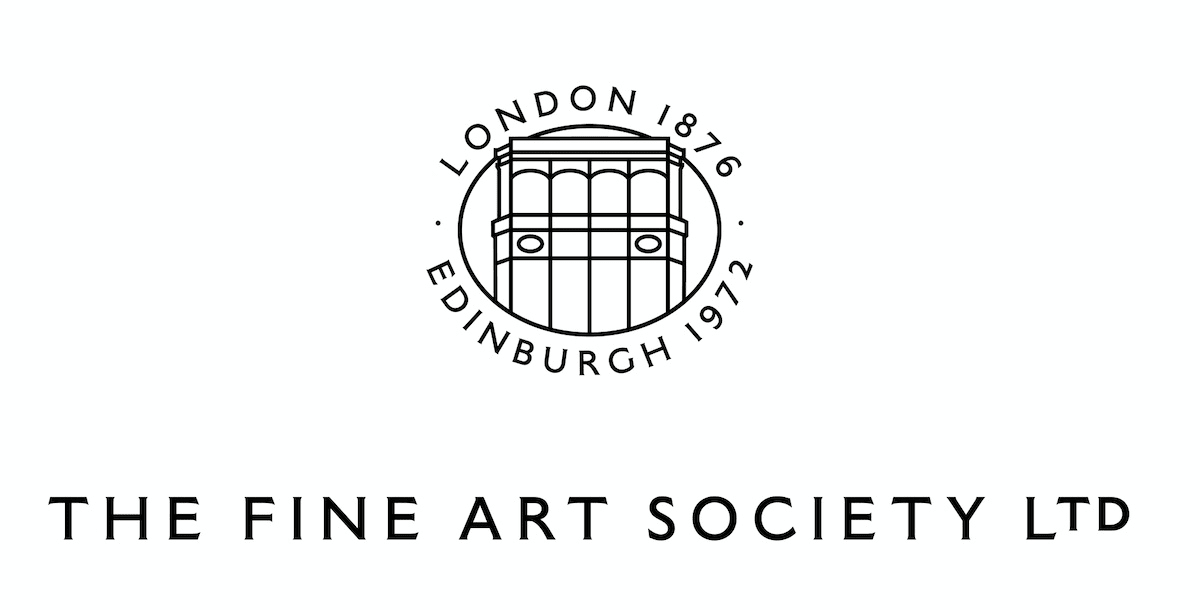Samuel Bough RSA RSW 1822-1878
Although not a native Scot - he was born in Carlisle - Sam Bough is one of the most influential figures in the development of nineteenth-century Scottish landscape painting. He was a largely self-taught artist: the early part of his career was spent painting theatrical sets in Manchester and Glasgow. From a young age, though, he travelled the British Isles and painted woodland, moorland, rivers and coastlines and always populated with the people that worked the land he had chosen as his subject. Slowly he extricated himself from theatre work and he and his wife, Bella, settled in Hamilton, South Lanarkshire at the edge of Cadzow Forest. Living nearby was fellow painter and friend, Alexander Fraser and together they comprehensively surveyed the ancient woodland. Cadzow was part of the great forest that stretched from Northumberland to the Clyde valley through which the wild Chillingham cattle roamed. The ancient oaks, the woodsmen, bark peelers, hunters and white cattle gave him with plentiful subject matter.
Bough dedicated himself to landscape painting and became adept at illustrating the fleeting effects of weather. He looked for weather that lent drama to a scene and to this end he would ask for forecasts from an Edinburgh fishmonger before moving quickly to the coast to record it. Bough settled in Edinburgh in 1855 and over the following two decades the coastlines of Fife and East Lothian and their picturesque fishing harbours provided him endless subject matter. He painted them being beaten by turbulent seas and in the calm of low tide lit with astonishing sunrises and sunsets.


